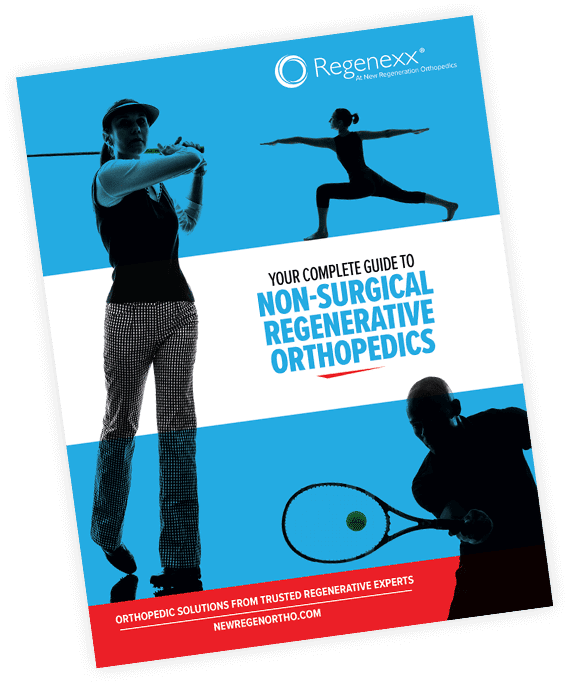The start-stop rhythm of the holiday season kicks off in October and it takes us through Halloween, and then quickly accelerates to Thanksgiving. Then, just as we are stuffed full of turkey and pumpkin pie, we have non-stop holiday parties for our companies, friends, and families. Then we top this whole season off with New Year celebrations, only to find ourselves back in “the grind” on January 2nd.
With “the grind” comes more sitting and working. With the sudden change back to post-holiday computer time, our bodies have to adapt and may have some new aches and pains. The low back is one area that is particularly prone to pain in the ergonomics of sitting. To manage or prevent low back pain, we recommend a simple daily stretch: the standing hip flexor stretch.
The Hip Flexor

The psoas muscle attaches to your entire lumbar spine, including all of the discs, and then extends through the pelvic bowl and inserting on the back of the thigh bone. At the level of the pelvic, the psoas meets up with the iliacus muscle, forming the iliopsoas. These two muscles together create a powerhouse of hip flexion, but since the psoas originates on the spine, the hip flexion can wreak havoc on spinal health. The upper psoas must stabilize the spine while the lower portion of the iliopsoas flexes the hip. However, if the muscle is tight and short it can cause painful problems in the low back.
To keep the iliopsoas and the spine healthy, a stretch a day can keep this muscle long and flexible, rather than short and tight.
The Stretch: Standing Hip Flexor Stretch
- Stand with your feet staggered and the back knee slightly bent.
- Tilt your pelvis backward and slowly bring your weight forward onto your front leg until a stretch is felt in front of the hip.
- Squeeze your buttock on the back leg to find the correct pelvic position.
- Maintain the position for 30 seconds, and repeat three times. You can work up to longer holds of up to three minutes.
- Perform two to three times a day.
Note: This is not to serve as medical advice. Do not begin a new exercise regimen without consulting your physician.
The Takeaway?
Activities we do in long durations, like sitting to work at a computer, can take a toll on our structural health. Sitting can create short and tight psoas muscles, which then can lead to back pain. If you have been putting off your back pain through this holiday season, please contact us to see one of our physicians in St. Petersburg, Tampa, Sarasota, or Orlando. Florida.










